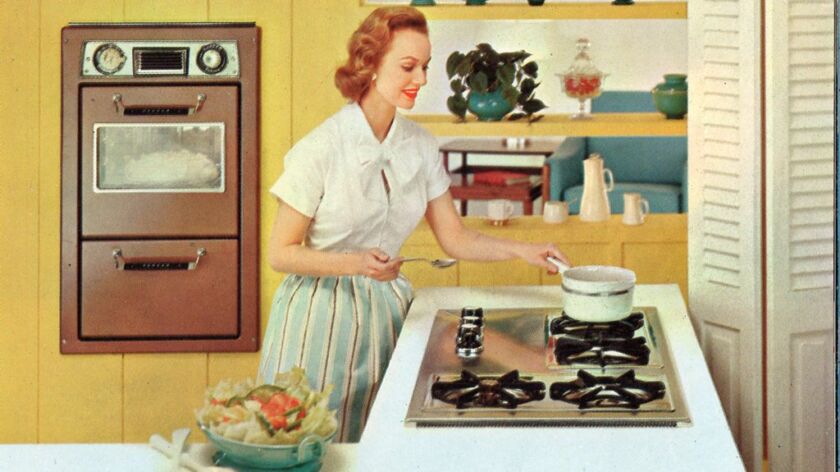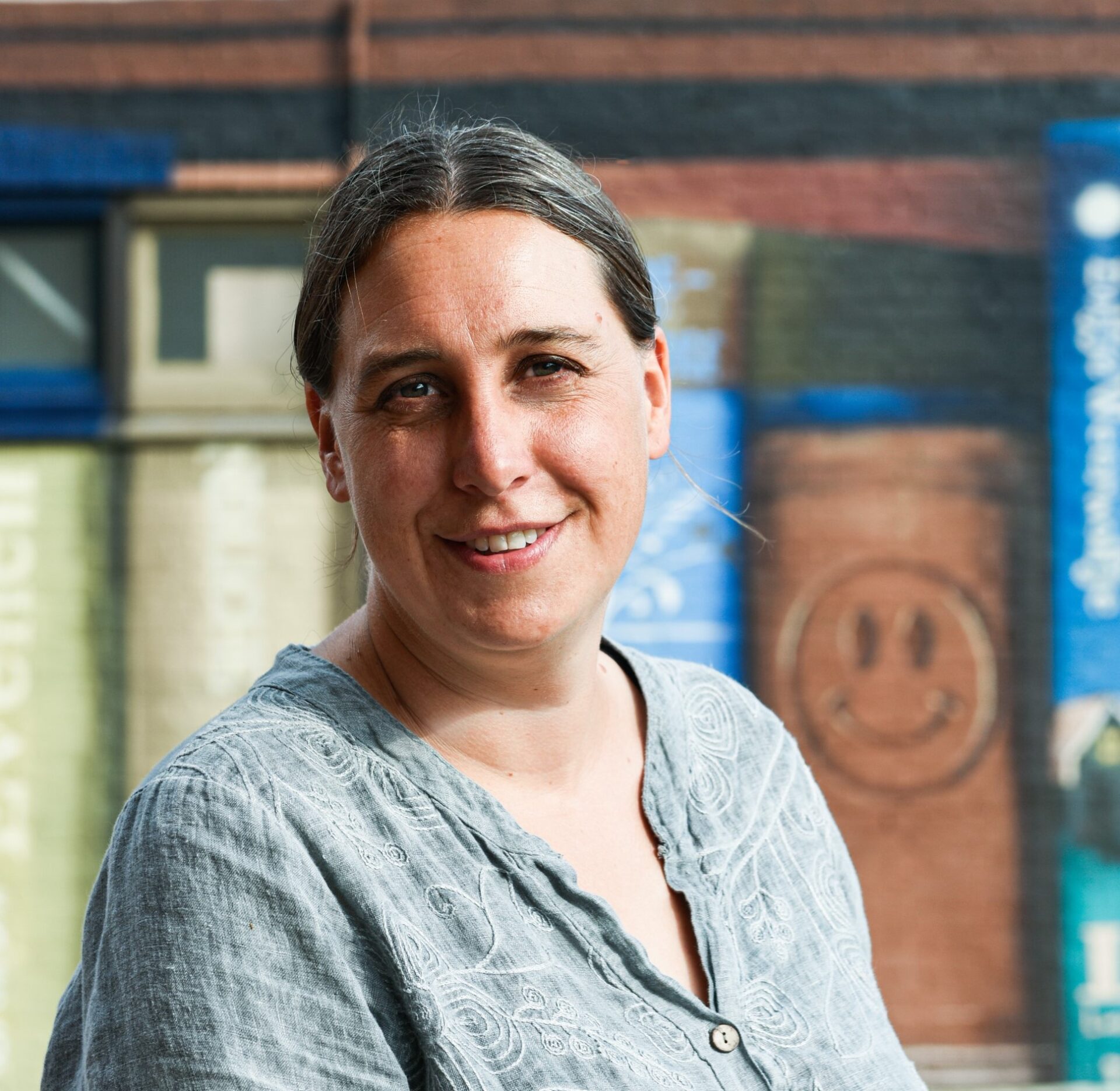-
 Beeld: flickr/SportSuburban
Beeld: flickr/SportSuburban
A life dedicated to your husband, children and home-making – but also watched by (sometimes) millions of followers. That’s the short way of describing a tradwife. But what’s behind these social media housewives? That’s the central question at tonight’s Radboud Reflects lecture.
The husband brings the money home and the wife tends to the house and children. Welcome to the 50s? Not quite. These traditional roles between spouses appear to be having a comeback. Well, at least on social media.
‘Would you like to find a masculine provider man? In order to be approached, you need to be approachable. Or: stay feminine, fit and friendly.’ At least according to the very blonde and always friendly Estee Williams. One of the most popular ‘tradwives’ (traditional wives, ed.) you can find on social media platforms like TikTok and Instagram.
Tradwives post photos and videos showing themselves making their house homely, preparing a meal for their family, or picking vegetables in the garden. Beyond homemaking, they also proclaim that instead of fighting the biological differences between men and women, we should embrace them.
Oven Dishes and Kitchen Aprons
‘A tradwife is not the same as a housewife,’ says theologian and extraordinary professor of Feminism and Christianity Mariecke van den Berg, one of the two Radboud researchers who will try to explain the phenomenon tonight at Radboud Reflects. ‘It is a narrative you present about yourself to others, with a specific aesthetic and imagery, including oven dishes and kitchen aprons.’
A woman who lives in a mountain village in Peru – or a bit closer to home – a reformed woman in the Netherlands, might live, on many levels, the life of a traditional woman, but isn’t quite a tradwife, according to Van den Berg. ‘For such a woman it is not an outgoing identity. They aren’t explicitly attached to being a traditional woman. They are ‘just’ a Christian or secular woman who lives a traditional lifestyle.’
‘According to tradwives, the man brings home the money and pays the bills, the woman does the care work and follows’
Sociologists have found that in wider society, most people are in favour of gender equality, but at the same time see women as more caring. ‘A tradwife positions herself at the most traditional end of this spectrum. They say: the man brings home the money and pays the bills, the woman does the care work and follows,’ says sociologist Katia Begall, who will take a look at the tradwife phenomenon from a sociological perspective this evening.
‘It looks like the modern woman has to do it all,’ Begall explains further. ‘Have a career, raise children, work-out, have a rich social life and look good. Tradwives position themselves against this idea of having it all, but instead chose for a smaller, more clearly defined world.’
Counterculture
You can also consider these housewife-influencers as a sort of counterculture, think Begall and Van den Berg. Tradwives position themselves against the mainstream, liberal feminist idea that women have to be able to do and rise to the same level as men.
Both researchers are fascinated by the apparent paradox of the intimate home setting in which the tradwife says she wants to live, whilst at the same time sharing this intimacy for the whole world to see. ‘They not only showcase their own lives, but also that of their children,’ according to Begall.
But it’s not only the behaviour of a tradwife that can be paradoxical. Sociologist Begall sees similarities to our own Dutch society: ‘If you do research on how people view role sharing between men and women, it paints a progressive and egalitarian picture. We, for example, find men and women equally suitable to fill positions of power, and the majority of people want to share the responsibility of raising and caring for children.’
‘However, if we then look at how people function in daily life, we see that most women still work part-time and also take on a much larger share of care responsibilities.’
Van den Berg also wants to stress the link between tradwives and religion. ‘You see that different tradwives use theological arguments about how God determined the responsibilities between men and women to be shared. By referencing the Bible, they give authority to their position.’
‘You can’t just say: that’s how God determined it for humanity’
‘I think it’s important to challenge this conviction on a number of points. That you make it clear that Christianity is broader than its right-wing-conservative interpretation of some people. The Bible contains a range of masculinity and femininity. You can’t just say: that’s how God determined it for humanity.’
The Handmaid’s Tale
But what do tradwives actually want to achieve with their videos? To motivate other women to be happy and content with life inside the home, under the direction of their partner? ‘I don’t think the majority follow an extreme ideology, where they strive for a sort of The Handmaid’s Tale society (a popular dystopian novel by Margaret Atwood and a Netflix series, ed.) according to Van den Berg. ‘If everyone would live like this, they would lose their exceptionality.’
Begall also doesn’t think that winning people over is the main motivation of the tradwife, even though there can sometimes be connections to (very) right-wing political ideas. ‘A lot of young people take on an extreme identity for some time. Just think of punks and goths. More often than not, those tradwives are young women. Perhaps they will realise after a number of years that the idea of staying at home and being submissive has quite substantial consequences. Or that it’s just very boring to sit at home all day. There is, I think, a large chance that they will eventually become more moderate in their views.’
Translated by Nick Fidler





